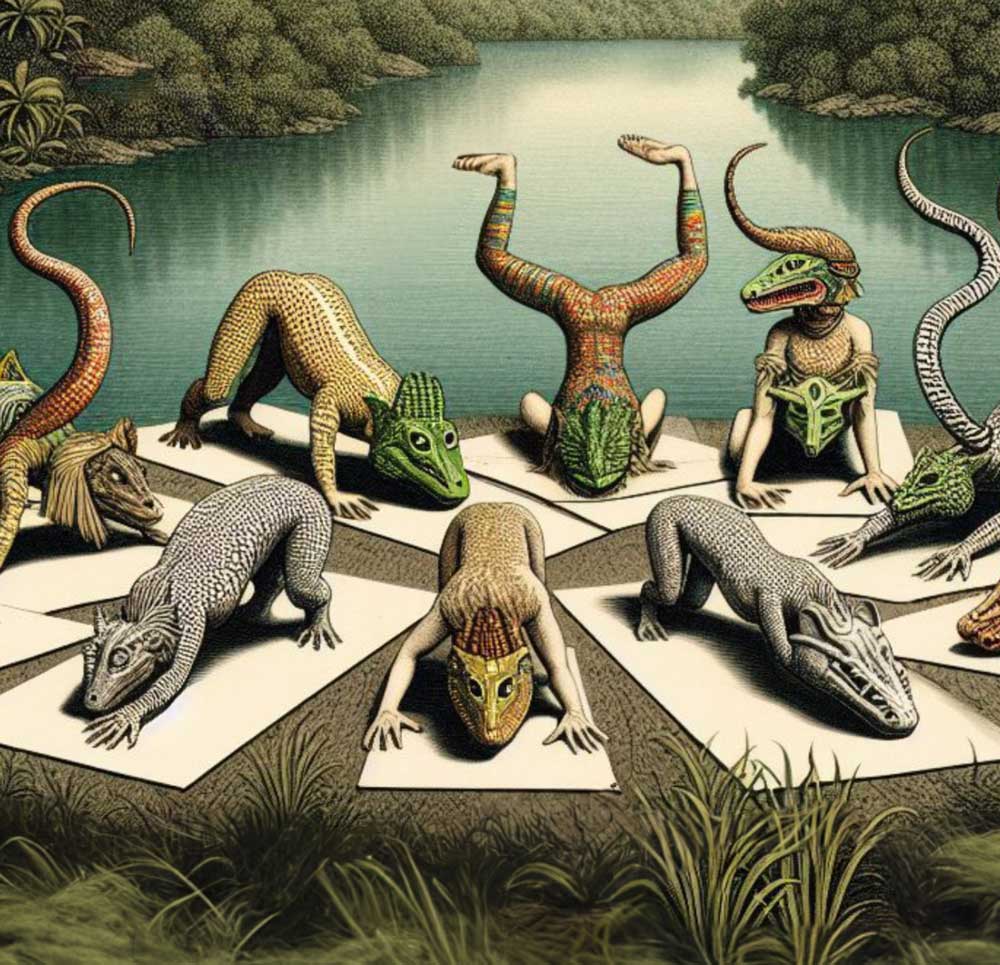 Dear Reader,
Dear Reader,
I admit to being a Luddite when it comes to preferring a paintbrush to the computer. So, when artists gained access to AI-generating tools, I wasn’t that impressed, nor alarmed. There seemed to be a lot of hoopla and fearmongering about the prospect of such a tool making art … perhaps even more efficiently than humans?
Our Nonhuman issue addresses various approaches that artists take in dealing with the nonhuman, whether it be in physical form or robotics. The Haas Brothers, interviewed by digital columnist Seth Hawkins, embrace AI-generated art and are unapologetic about it: It’s simply a tool, as they put it. So, what’s all the fuss about? Bill Smith, our creative director, ponders the future possibilities of AI, and asks the bottom line—will the collectors buy it? George Legrady talks about working with computer-generated images since the ’80s, so he isn’t so impressed with the hoopla either. On the other side of robots—and the world—Australian Patricia Piccinini’s “creatures” seem more lifelike. Contributor Barbara Morris discusses Piccinini’s hybrid sculptures of the human, animal, natural and artificial—all of which resemble living beings with hair, skin-like surfaces, eyes and mouths. The end results border on the creepy and hideous, yet a sense of a vulnerability emerges, that of an innocent child or animal. They are supernatural and hyper-real, making us wonder if this is what humans will morph into in our continuing evolution.
Or will we become puppets, wooden, void of emotion? Sophie Becker, who is featured on our cover, spoke with Publisher Alex Garner about incorporating ventriloquy in her art and taking the act on the road with her partner and dummy, Jerry Mahoney. Garner also enlightens us with a brief history of the puppets, who were presented as evil, murderous and demonically possessed. The humanlike quality of the ventriloquist’s puppet has always captured our hearts, but scared the living shit out of us too.
This issue does have a sense of doom about it, which, given the theme, was perhaps inevitable. It can be argued that the progress of Artificial Intelligence can be a good thing, right? Think of all the possible scientific breakthroughs. But robotic objects have always aroused suspicion: to be inhuman is to be immoral and uncompassionate. Can society allow AI to make our decisions for us and even tell us what good art is?
It seems to me that people will always be making art, even if they are using AI-generated art programs like Blender or Midjourney. We have a need to create, even if it’s just cooking or planting flowers. One thing this Nonhuman issue made me feel and think about—besides the overall sense of malaise—is what it is to be human, which includes holding a paint brush dipped in gooey oil paint or molding a glob of clay with your bare hands. People still need physical contact. Like Bill Smith says in his article, I don’t think we have anything to worry about … just yet.


